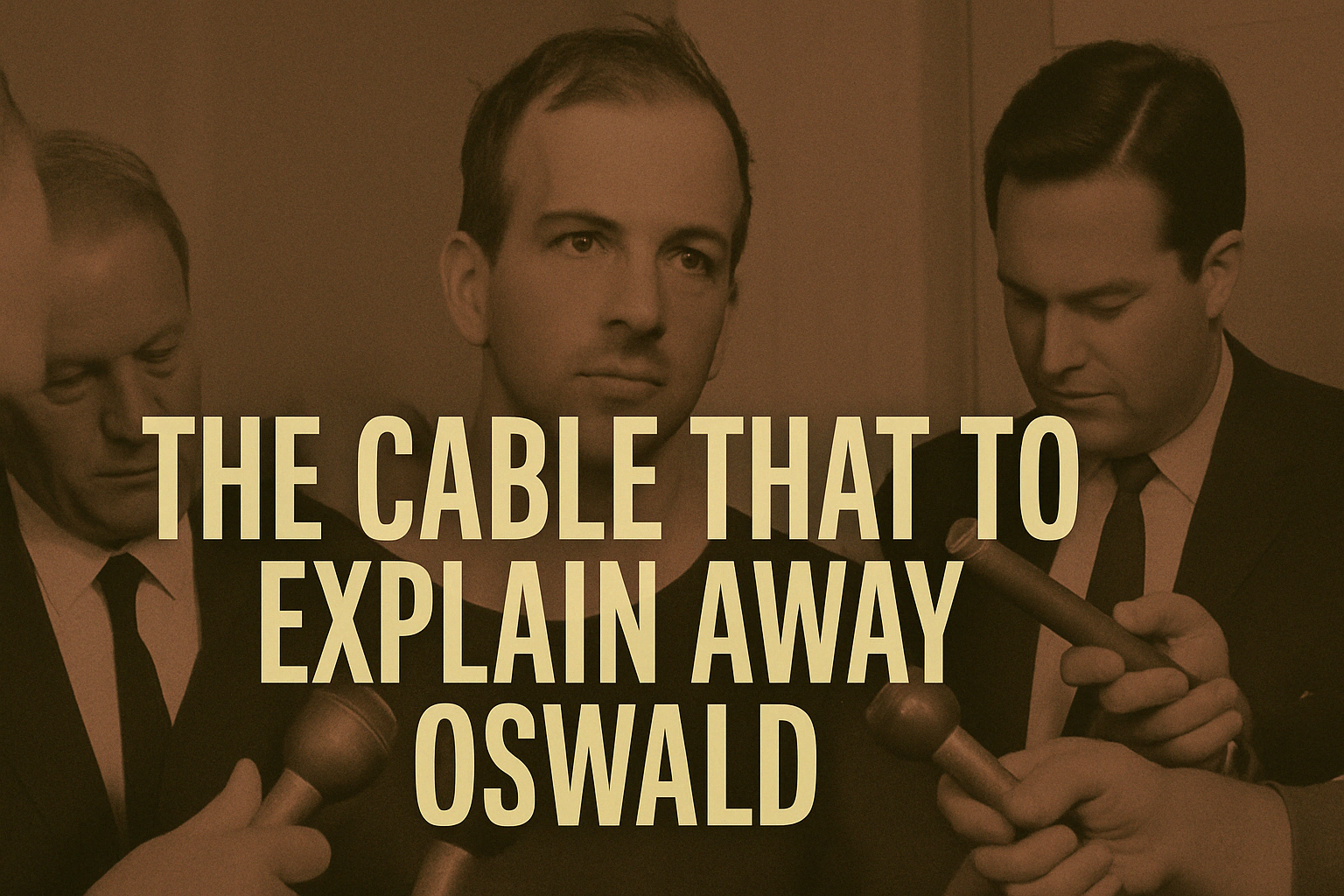In the weeks following JFK’s assassination, Soviet officials scrambled to shape the narrative.
Document 180-10144-10133, newly released in the 2025 JFK files, captures an urgent and defensive communication: the KGB emphatically insisted that Lee Harvey Oswald was not trusted, welcomed, or encouraged during his time in the USSR.
To American ears, the denial sounded rehearsed. To historians, it now sounds like damage control.
🧾 “He Was Neurotic… Undesirable”
The document summarizes a Soviet briefing delivered via confidential diplomatic channels. In it, the KGB made a clear claim: Oswald was mentally unstable, socially isolated, and a political liability. He wasn’t the kind of defector they wanted.
“He was not a Soviet agent. He was considered unstable and undesirable. We had no interest in him.”
That may be true. But the timing of the statement-days after the assassination-raises more questions than it answers.
🧱 A Wall of Denial
The KGB didn’t just distance themselves. They rewrote the story. In their version, Oswald was an annoying guest-barely tolerated, never trusted, and certainly not deployed.
Their language paints a picture of a lone, erratic man wandering through Minsk with no support.
But this document isn’t an analysis. It’s an alibi.
❗ Truth or Tactic?
Whether the KGB was being honest or strategic is still unclear. What is clear is that this memo is less about information and more about reputation.
The Soviets feared being tied to Kennedy’s murder-and this document shows just how fast they moved to sever any connection.
That urgency may speak volumes.



